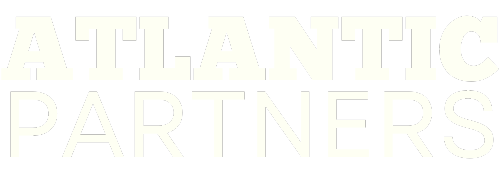Demise of European Golf Equipment Industry is Indicator of Why Leading European Upstarts Need A US Presence Sooner Than Later
One can make a strong argument that Europeans are the best golfers in the world. Last year they trounced the Americans in the Ryder Cup which is often the case especially when the competition is played on European soil. Europe’s line-up of the world’s best run across the continent from Northern Ireland’s Rory McIlroy to Justin Rose and Tommy Fleetwood from England, John Rahm from Spain and up and comers such as Ludvig Aberg from Sweden, Victor Hovland from Norway and Matthieu Pavon from France.
And yet, it’s hard these days to name a single thriving golf equipment company based on the continent or the UK. Legacy brands such as MacGregor and Lynx are still with us but shadows of their former self and even recent upstarts such as Vice in Germany have stalled out. How can this happen in the land where the sport originated and where the local manufacturers are expected to enjoy a home field advantage.
Perhaps the best answer traces to size and scale. The hard cold truth is that the golf equipment industry is pretty close to a commodity business. There is not really THAT MUCH difference in quality and design among the various makes. Its marketing that makes the difference on the top line. Titleist wants you to buy it balls because everybody does, because it’s the most popular brand. Same with putters and wedges and drivers and irons. Companies pay leading golfers millions for endorsing their brand because they want the “perception” of product superiority.
At the end of the day, in this industry as in others share of “marketing voice” tracks very close to share of market. Unless you have a truly unique and compelling product advantage it’s size and scale that matters; a game the US is heavily favored to win. Its not just about market though the US GDP is 25% larger than the EU and UK combined, its also about homogeneity. The US is one large monolithic, English speaking market while Europe remains an array competing countries with different languages and regulations.
It may sound counter-intuitive, but for a European company to succeed in Europe it must do well early on in the US. Success in the US not only means more capital that is available to invest back in Europe markets but also an evolutionary experience to win in an unprotected market. Several European car companies have made the leap of succeeding in the US only to be even stronger in their home market including Mercedes, Volvo, Audi and Mini Cooper.
Many European companies are wary of entering the vast US market but in many ways it is easier than expanding throughout Europe. First and foremost its important to know and own your marketing “lane” and establish a beachhead versus taking a mainstream middle of the market approach. And low cost marketing tools such as public relations can provide a large ROI if the brand narrative is unique and meaningful to a definable segment of the market
Americans love Europe and generally view European products as being of high craftmanship which is not that surprising given four out of five Americans trace their roots to the Continent. But in the US its more about whether a product or services speaks to or relates directly to their lifestyle or needs than feature set. The marketing conversation in the noisy market needs to be short and specific compared to the more considerate European shopper.
Unless a European company is satisfied with just being a provincial provider, entering the US sooner than later is no longer a matter of choice. The good news is the US is a very open market and a vast reservoir of accessible funds and with the right partners an eminently winnable space.
Ralph Fascitelli
AtlanticPartners.us
